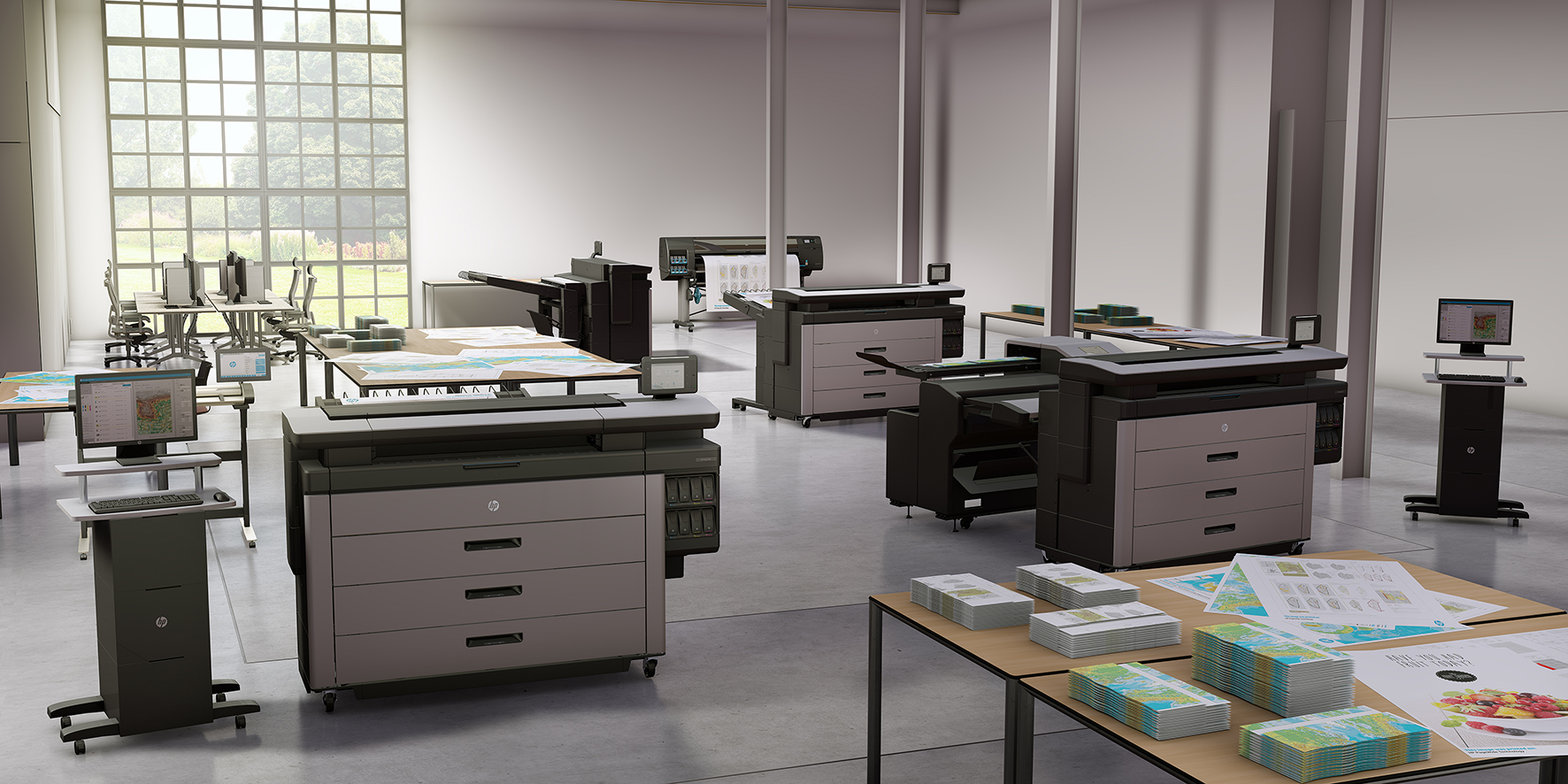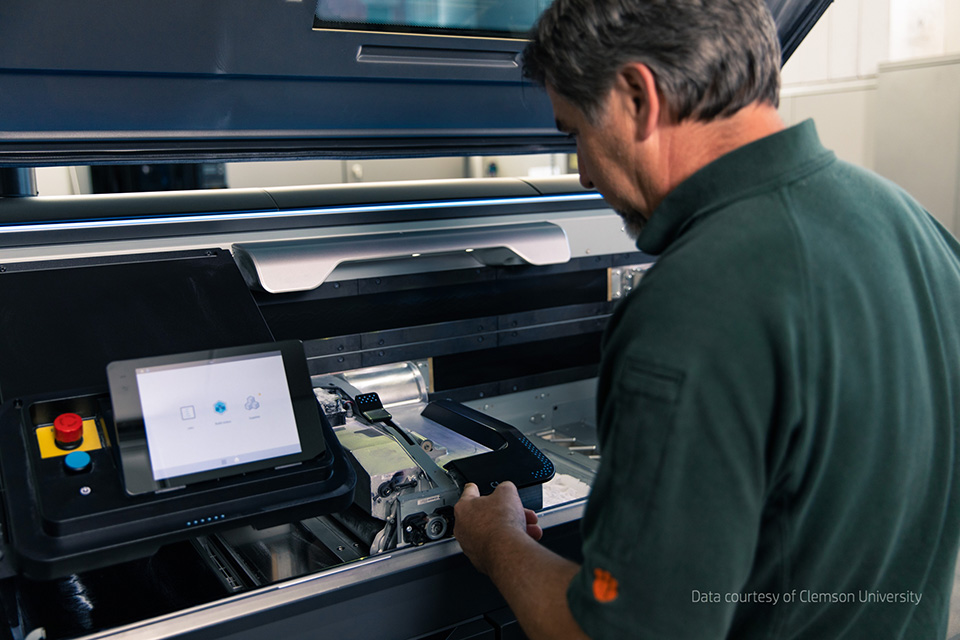Having been in the 3D print industry since 2012, I have sold various types of 3D print processes including SLA, SLS, FDM, Polyjet, and CJP. Post processing is one of the key topics clients need to understand.
When I have the initial conversation about HP’s MJF technology, one of the first questions I get from experience engineers who have worked with 3D printing is often about the post curing and processing of parts that is needed.
As a background, let’s go through some of the common 3D technologies and the post processing required. Then I will go through the HP Multi Jet Fusion process and its unique post processing requirements.
Beginning with SLA: Most engineers are familiar with SLA since it started 3D printed and are aware the SLA process uses a laser to cure photo curable polymers in a vat. After the build is complete, the parts are then cleaned using alcohol to remove remaining liquid material that was not hardened. Support structures are needed for printing and often at this point they are removed either by breaking them off or using tools to remove. The parts are then post cured in a UV oven for a period of time to ensure the part is fully hardened now that the excess material has been cleaned off. Finally, the parts can then be hand sanded, painted, or plated or provide the final finish.
SLS: The SLS process uses a laser and a powder bed system. The laser traces the part into a bed of powder. The printer lays down one thin layer at a time, traces the parts as needed for the layer wit the laser, and continues this process until the build is finished. The support material for the SLS process is the powder itself which eliminates the need of removing any support material. Since the process uses heat to actually melt the material, the parts need to cool over a period of time. After the cool down process, parts can be removed and any remaining powder is cleaned using a bead blast system. The SLS parts can then be sanded and/or infiltrated to improve density and then painted if needed.
FDM: FDM is a tracing technology using various types of extruded materials from a spool. Often you have one spool of part material and one spool of support material. After the FDM printer has finished you must remove the support material used in the build process. This can be done by hand or using pliers depending on the how small or dense the support structure needs to be. Hand sanding often is done now to remove any of the remaining support attachment points or to ensure a smooth surface. In many cases, the parts are washed with a caustic material to smooth the layer lines that are apparent due to the process steps.
Polyjet: In my opinion, Polyjet is by far the messiest 3D print technology when it comes to post processing. This a printing process that uses an industrial print head to jet material versus extrude like FDM and has some advantages such as speed and surface finish. However, once the part is printed you must place the part into a part washing system to remove the support material versus breaking off like FDM. The support material is literally a blob that must be washed out. It has many challenges such as the melt material is caustic and if not careful fine detail on the parts can be washed away during this process.
CJP: Color jet printing is a process that uses a liquid binder jetted into a bed powder bed. The powder is actually gypsum. Since you are jetting a liquid you can actually add color to the parts as you print them. The parts, full color even, are printed in a “green” state and must be moved from the printer very carefully since they are not fully solidified. You must clean the excess powder off and very carefull infiltrate the part with super glue to make the parts firm. Even though solidified, these parts are fragile.
Having worked with all of these technologies before HP introduced the Multijet fusion technology I was very curious to see how this HP process stacked up. Most people don’t spend enough time understanding post processing before they implement technology. I knew this had to be an area HP addressed to improves usability.
MJF: First of all I must note, MJF parts are not chemically bonded, they are actually fused parts melted with a combination of agents and heat. HP jets fusing agents into a powder bed system much in layer process like SLS, but then instead of a laser used to melt the powder a heating lamp applies the needed heat. The proprietary fusing agent actually intensifies the heat from the lamps to actually melt the material and melts up to that3 layers deep to create parts are almost 100% as strong in the Z axis as in the X and Y axis. Another result of using fusing agents is a very dense part. No infiltrating need to make the parts dense.
Post processing for the MJF parts is a quick bead blast in a cabinet using common glass beads. This is the real advancement from HP – the post process improvement. Once completed the parts can be dyed, painted, and plated if needed. There is no post cure needed, no infiltrating to make the parts dense or support structure removal since the powder is the support structure.





